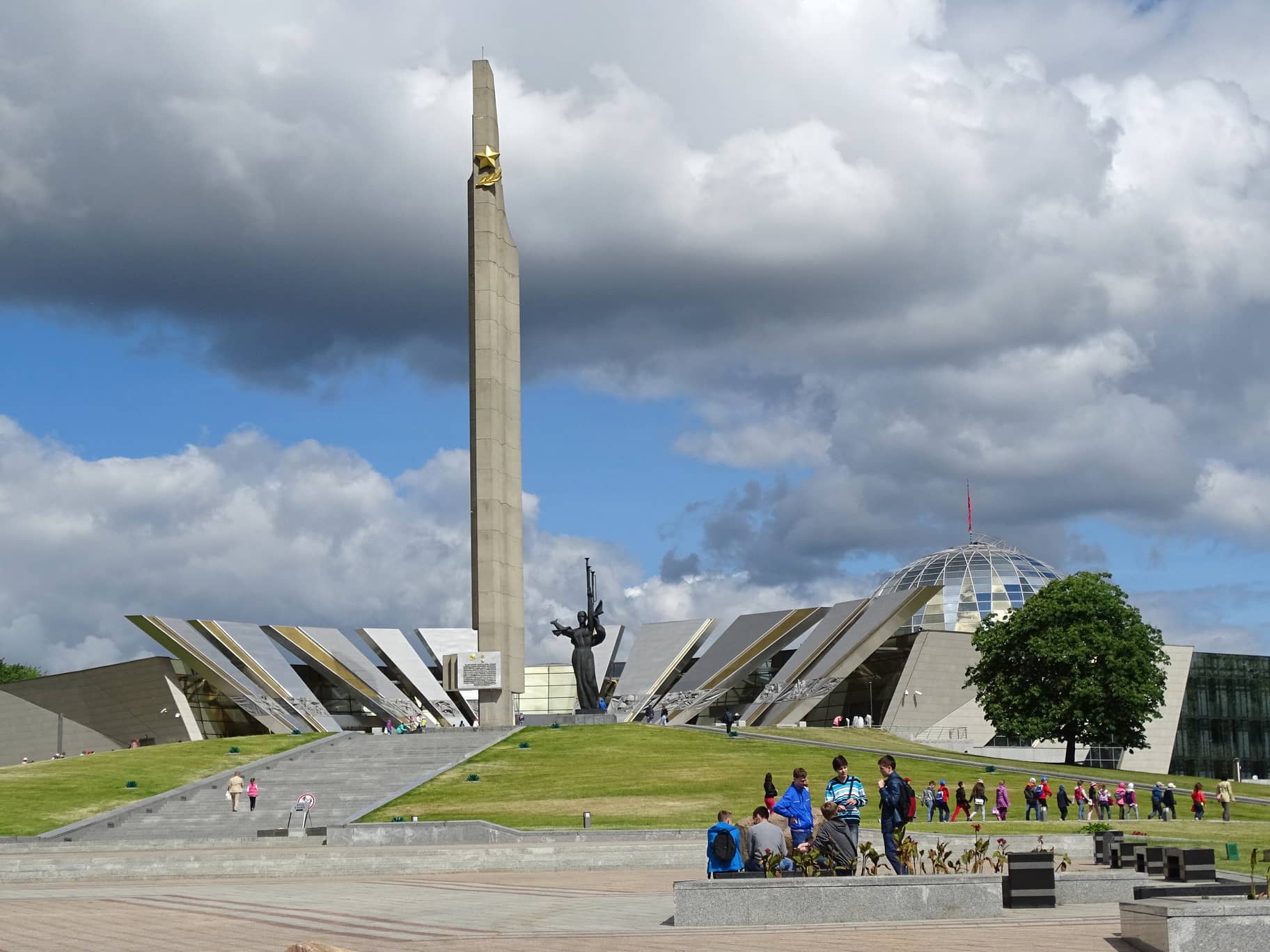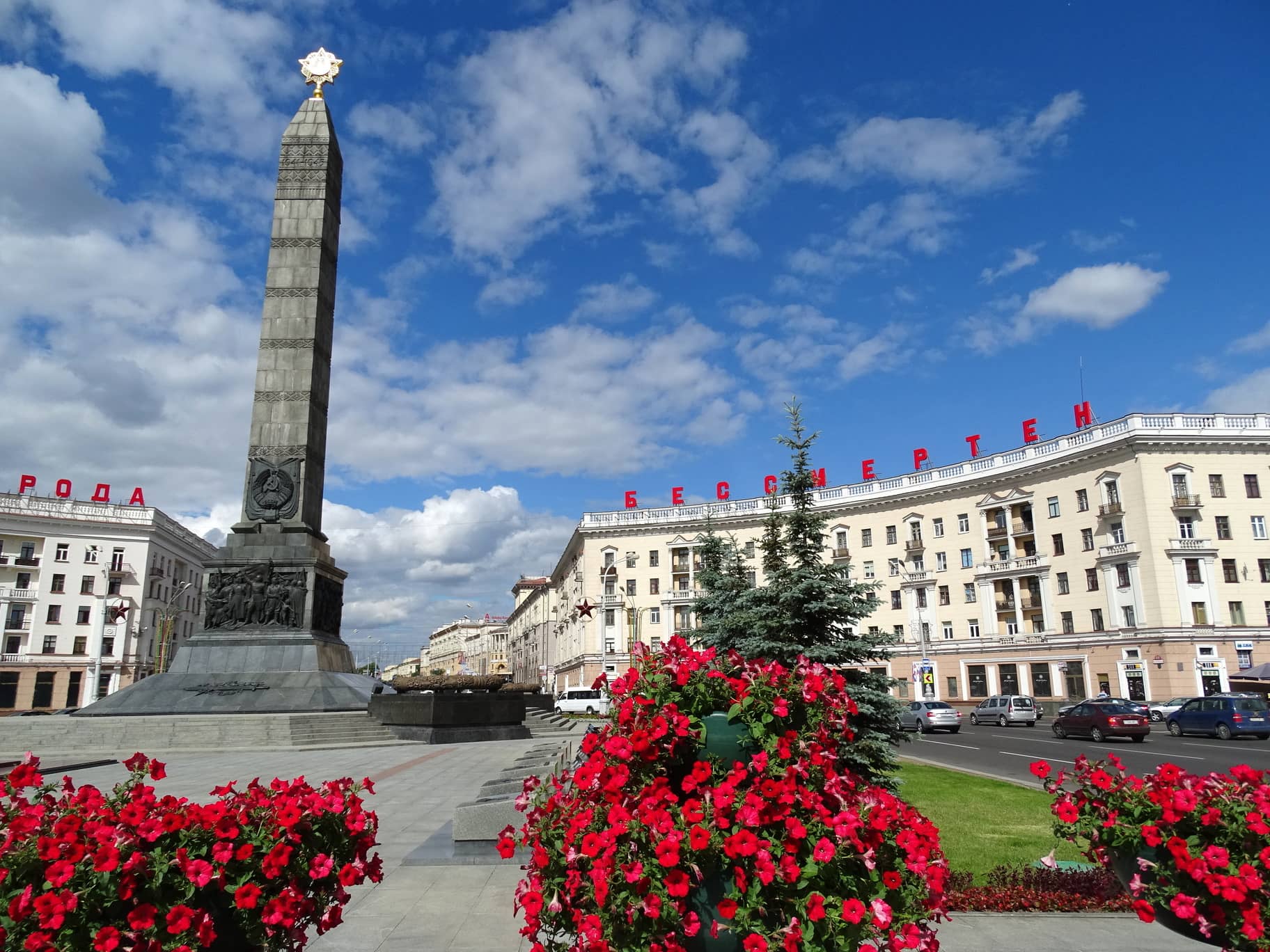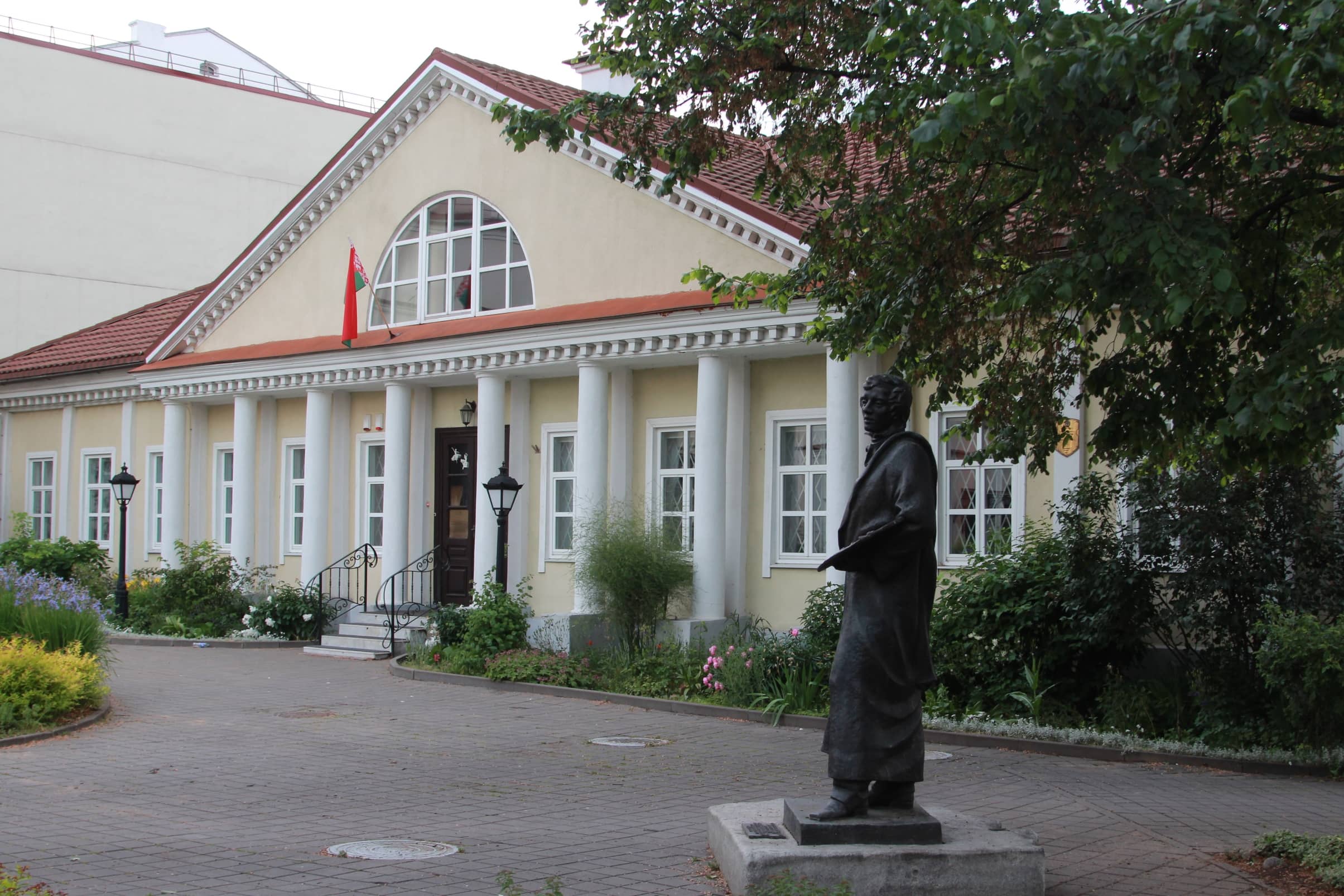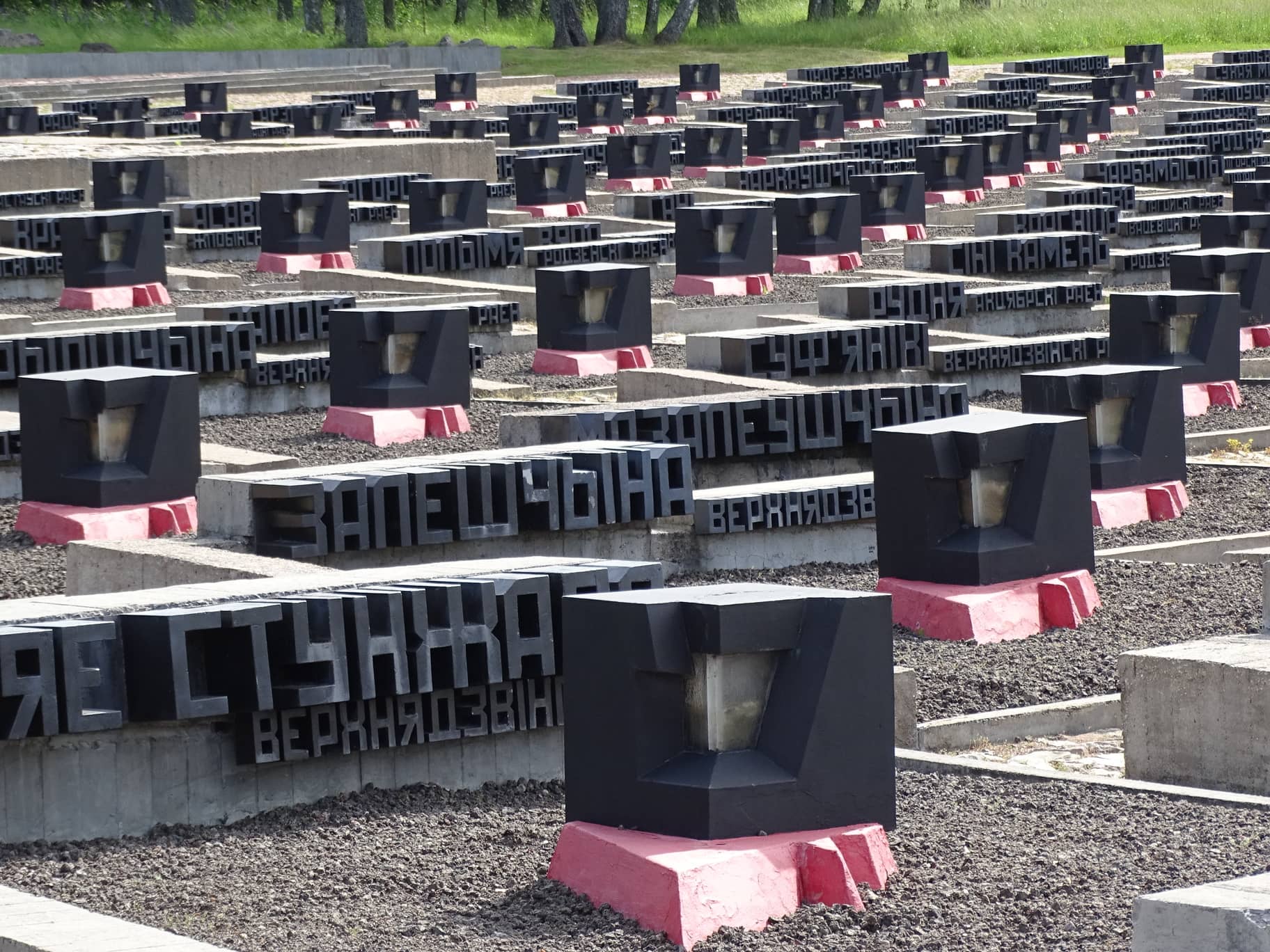The capital of Belarus, Minsk is a beautiful city with a rich historical heritage that was largely promoted by the Jewish population. Jews began to populate Minsk actively in the 16th century, and since that time their number has only grown. It is hard to believe that from the middle of the 19th century until the beginning of the Great Patriotic War, Minsk was a predominantly Jewish city – 52% of the capital’s population were Jews, and this was the city’s largest community.

From the beginning of the 14th century until 1793, Minsk was part of Poland-Lithuania; it later fell under czarist rule and became the most important commercial center of Belarus from the 15th century. At the same time, the first Jews appeared on the territory of modern Belarus, during the era of the existence of the Grand Duchy of Lithuania. The Jews who lived there in this medieval state and their descendants are still called “Litvaks”. The Jewish community of Minsk prospered during the 17th and 18th centuries in spite of the opposition of the townspeople.
During the 19th century, Minsk was one of the largest and most important communities in Russia. In 1847 the Jewish population numbered 12,976, rising to 47,562 (52.3% of the total population) in 1897, which made Minsk the fourth largest community in the Pale of Settlement.
Minsk was one of the places where the Jewish labor movement originated and developed. In the middle of the 1870s circles of Jewish Socialists were organized, which were very active during the 1880s and 1890s. The years 1893–94 also saw the birth of the “national opposition” to them, led by A. Liessin. In 1895 a convention of Jewish Socialists was held in Minsk, which discussed the projected establishment of a Jewish Socialist Federation. The Jewish Socialists of Minsk sent delegates to the founding convention of the Bund in 1897, and Minsk became one of the centers of the Bund’s activities, being the first seat of the movement’s central committee until 1898, when it was dispersed by the police. From 1901 to 1903, Minsk likewise became the center of the activities of the Independent Jewish Workers’ Party.

After the establishment of the Soviet regime, Jewish communal and religious life was silenced at Minsk as elsewhere in the Soviet Union. The suppressed religious and national institutions were replaced by institutions of Jewish culture based on the Yiddish language and Communist ideology, and Minsk became an important center of Jewish-Communist cultural activity in the Soviet Union. Moreover, until 1936, Yiddish was the state language of the BSSR together with the Belarusian, Russian and Polish languages.
Yiddish schools were established, and at the Institute of Belorussian Culture, founded in 1924, a Jewish section was organized. It published several scientific works devoted to Jewish history, literature, and folklore. A Jewish department was also established (1921) within the faculty of education of the University of Minsk. These institutions, however, were closed down in the mid-1930s. Various newspapers, periodicals, and other publications in Yiddish were issued in the town. These included the daily newspaper Der Shtern (1918–21), Der Veker (1917–25; until 1921 the organ of the Bund), Oktyabr (1925–41), and the literary monthly Shtern (1925–41). In 1926 the Belorussian Jewish State Theater was opened, presenting performances until June 1941. In 1926 there were 53,686 Jews in Minsk (40.8% of the population), increasing to 70,998 by 1939 (29.7% of the total population).

Some 100,000 inhabitants were left in the city when the German forces entered on June 28. The population rose to 150,000 as the front line moved farther east, and tens of thousands who had fled and had been overtaken by the speed of the German advance, turned back. About one-third of these were local Jews. Their number was increased by refugees from as far west as Bialystok, as well as by survivors of mass executions carried out by the Einsatzkommandos (mobile killing squads) in the vicinity, so that another 30,000 Jews were added. Later, about 23,500 German, Austrian, and Czech Jews were deported to Minsk, and settled in a separate ghetto, so that despite the fact that a large number of Minsk Jews had been murdered before the establishment of the ghetto, at least 85,000 Jews found themselves incarcerated and trapped. Some say the numbers were as high as 100,000. The only Jews to survive the Minsk Ghetto were those who escaped, and it is believed, up to 13 people who hid underground for 9 months.
The resistance record of the Jews imprisoned in the Minsk ghetto is unique. One Sunday in 1941, within days of finding themselves inside the ghetto, a group of local Jews and Jewish Communists from Poland met and decided that it was the duty of the Minsk Jews to take an active part in the war against the German invaders. They rejected the possibility of armed resistance inside the ghetto and decided to devote all their efforts to affecting the escape of the largest possible number of Jews into the forests in order to become partisans. Four resistance groups arose in the “Aryan” part of the city in August and September 1941. However, it was only after the November 7 massacre that Hersh Smolar, the Polish-born leader of the Jewish resistance, met Isai Pavlovich Kozinets, known as Slavek, the leader of one of the four groups, who subsequently became the leader of the entire underground movement in Minsk.

After World War II, the Jewish culture of Belarus was destroyed. The surviving Jews, under the pressure of the anti-Semitic policy of the authorities, were actively assimilated. The activity of religious communities was practically stopped in the 1940s – 1950s. The number of the Jewish population in the post-war period decreased from 150,000 in 1959 to 112,000 in 1989. And today in Belarus, according to the latest census, there are only about 12 thousand Jews.
Almost nothing reminds of the pre-war and even more so the pre-revolutionary Jewish heritage, old Jewish schools and synagogues were closed or converted into civilian facilities. However, if desired, traces of the Jewish presence can still be found.

